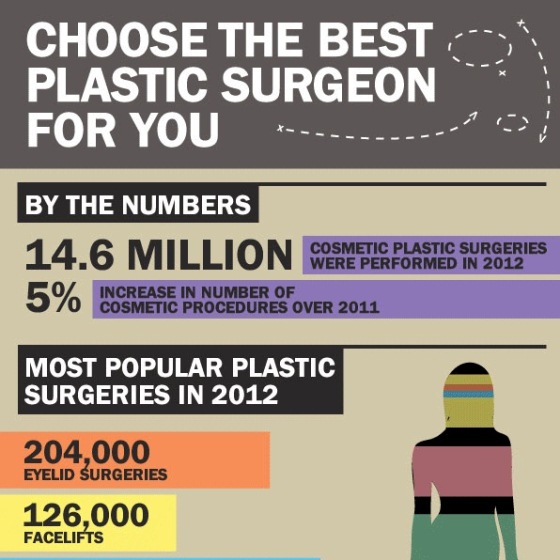Hormonal acne is characterized by clogged pores and oily skin that commonly shows up on the chin and jawline. It happens when hormonal adjustments set off inflammation and microbial overgrowth within hair follicles.
Outbreaks might look like whiteheads, blackheads, papules or pustules and cysts or blemishes in extra severe cases. It is more common in teens going through adolescence however can impact adults of any type of age.
What Triggers Hormonal Acne?
While acne can be triggered by a range of aspects, consisting of utilizing hair and skin treatment items that aren't oil-free or made with components that might block pores, hereditary proneness, diet regimen,2 and tension, the root cause is varying hormones. Hormonal acne happens when the body experiences hormonal changes and fluctuations that cause an overflow of sebum, which triggers inflammation, boosted growth of germs and changes in skin cell activity.
Hormonal acne is often discovered on the reduced jawline, cheeks and neck however can show up anywhere on the body. It is defined by acnes that are cystic, uncomfortable and full of pus or various other product. It is likewise most likely to happen in women than men, especially during puberty, the menstrual cycle, pregnancy or menopause.
Age
While numerous youngsters experience acne eventually throughout the age of puberty, it can remain to plague adults well into their adult years. Referred to as hormonal acne, this type of breakout is tied to changes in hormones and is typically most common in females.
Hormone acne takes place when oil glands generate too much sebum, which clogs pores and traps dead skin cells. This leads to the formation of blemishes, such as whiteheads, blackheads and papules, pustules, cysts or nodules, deep under the surface.
This sort of blemish often creates discomfort, redness and inflammation. It may additionally be intermittent and appear around the same time every month, such as right prior to your period starts. This is due to the fact that degrees of female hormonal agents like progesterone and oestrogen rise and fall with each menstruation.
Menstruation
Hormonal acne typically shows up in the reduced part of your face, along the jawline and cheeks, as whiteheads, blackheads or inflammatory pimples (acnes and cysts). It's more than likely to appear around the time when your menstruation modifications.
Especially around ovulation, when estrogen and progesterone levels get on the increase, hormone changes can cause outbreaks. However it's also feasible to get acne at any factor during your 28-day menstruation.
If you observe that your hormonal acne flare right before your duration, attempt noticing when specifically this occurs and see if it connects to the stages of your 28-day menstrual cycle. This will assist you pinpoint the origin of your skin difficulties. For example, you might want to work on stabilizing your blood sugar and removing high-sugar foods, or think about a prescription medication like spironolactone that can control your hormones.
Maternity
Growing a baby is a time of remarkable hormonal adjustments. For numerous females, this includes a flare-up of hormone acne. This kind of outbreak usually starts in the very first trimester, around week 6. It's triggered by hormonal agent surges that boost sebaceous glands to make even more oil, which can block pores and create more microorganisms to develop.
Outbreaks may additionally occur as a result of pre-existing problems like polycystic ovary syndrome, which can likewise be an issue while pregnant and menopause. Additionally, some kinds of contraceptive pill (such as Ortho Tri-Cyclen and YAZ) can set off hormone acne in some women.
The good news is, many acne therapies are exosomes injection skin beverly hills "no-go" for pregnant ladies (consisting of popular acne-fighting active ingredients such as isotretinoin and spironolactone). But if you can't stay clear of those bothersome bumps, your medical professional may suggest oral erythromycin or cephalexin, which are risk-free while pregnant.
Menopause
As women come close to menopause, the estrogen degrees that caused their hormonal agent acne to flare during the age of puberty begin to support and lower. At the same time, however, a spike in androgens (likewise called male hormones) takes place because these hormones can not be converted into estrogen as efficiently as in the past.
The excess of androgens can activate oil production by the sebaceous glands, which obstructs pores. When the clogged pores ended up being swollen and irritated, a pimple kinds.
Hormonal acne is usually seen on the face, specifically around the chin and jawline, yet it can occur on the neck, back, shoulders, or breast. This sort of acne tends to flare up in an intermittent pattern, similar to the menstrual cycle. Anxiety, which raises cortisol and throws hormones out of equilibrium, additionally contributes to the breakouts.
